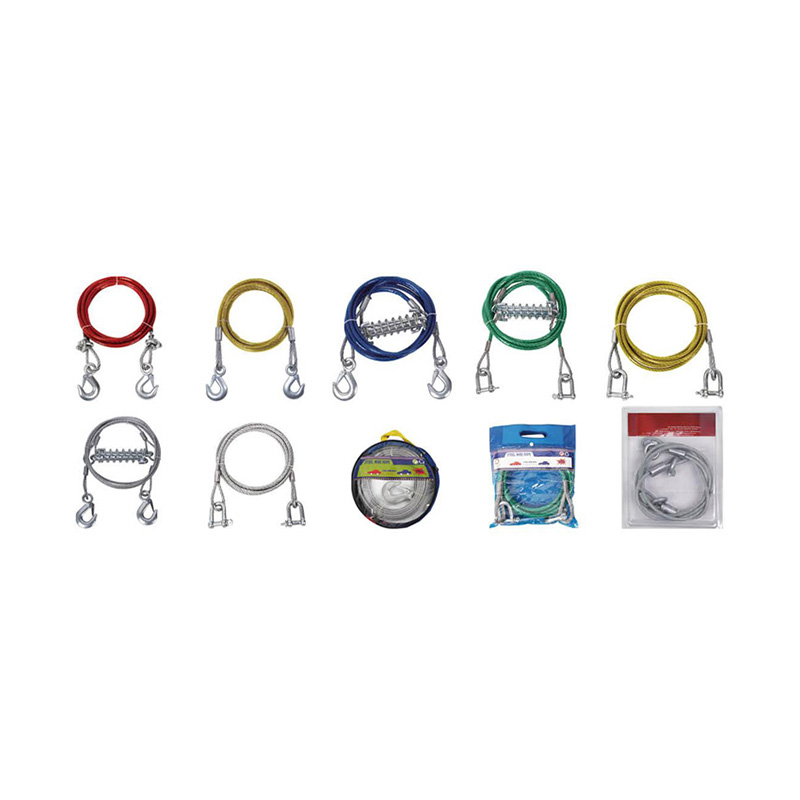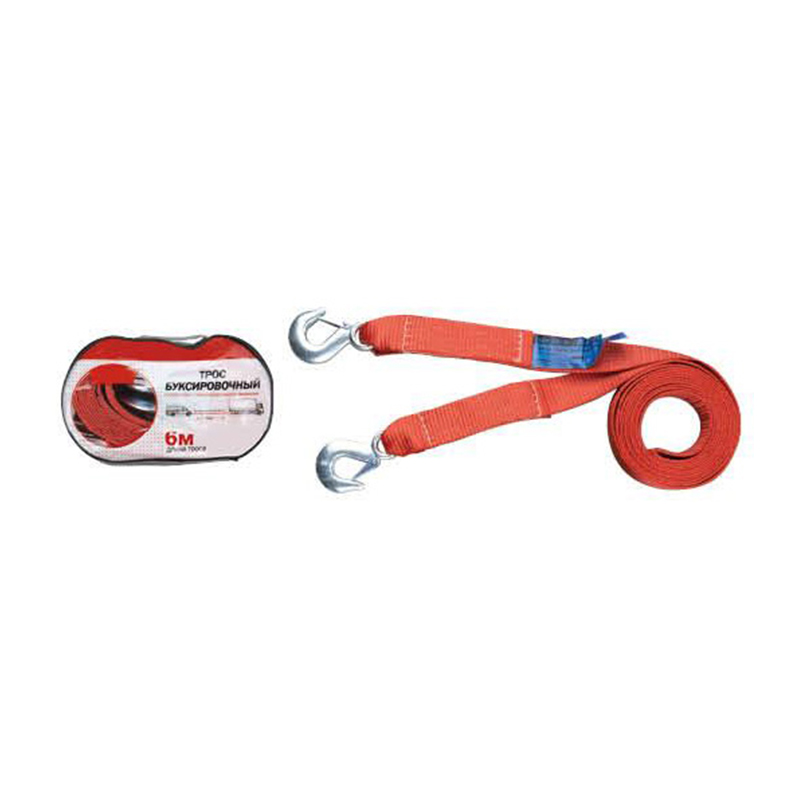Search by posts
Product category
Industry News
 By Admin
By Admin
Is the Humble Ratchet Buckle the Unsung Hero Securing the Backbone of Global Commerce?
The Invisible Force Holding the World Together
In the fast-paced world of global logistics and transportation, where billions of dollars in cargo are moved daily across continents by truck, rail, and sea, the integrity of the supply chain rests on many shoulders. Yet, few components are as fundamental, as ubiquitous, and as often overlooked as the simple, mechanical ratchet buckle.
More than just a piece of metal, the ratchet buckle is the critical engineered anchor of modern cargo control, providing the secure, high-tension hold necessary to keep loads stable, drivers safe, and global trade flowing smoothly. This mechanism, which transforms minimal human effort into hundreds or even thousands of pounds of clamping force, represents a significant leap forward from older, friction-based tie-down methods. Its evolution has not only increased efficiency in loading and unloading but has, more importantly, drastically improved safety standards across the entire transport sector. To understand its importance is to understand the physics of freight and the necessity of controlled tension in preventing what the industry dreads most: catastrophic load shift.
Engineering the Hold: The Anatomy of the Ratchet Mechanism
At its core, the ratchet buckle is a masterful piece of mechanical engineering designed to exploit the principle of leverage and mechanical advantage. While designs vary based on load capacity (from light-duty recreational straps to heavy-duty wide-web logistics straps), the fundamental product structure remains consistent:
The Handle: An ergonomic lever, often rubberized or contoured, used by the operator to apply force.
The Gear (or Cogwheel): A serrated circular component around which the webbing is wound, serving as the tension anchor.
The Pawls: Two crucial components—the fixed pawl (or locking pawl) and the movable pawl (or release pawl). These hinged pieces are spring-loaded and engage with the gear’s teeth, preventing backward rotation and maintaining tension when the handle is released.
The Mandrel/Spool: The axle onto which the webbing is tightly coiled as tension is applied.
The construction is inherently robust. The primary raw materials are typically high-strength carbon or alloy steel for the main body components, often protected by a zinc-plated or galvanized finish. This anti-corrosion treatment is essential, as the buckles are exposed to harsh outdoor elements, road salt, and variable temperatures, which would quickly compromise the integrity of unprotected steel. The accompanying strap, or webbing, is almost universally made from high-tenacity polyester (PE) fiber, chosen for its minimal stretch, high tensile strength, and excellent resistance to moisture and UV degradation.
The Mechanical Principle: Transforming Effort into Securement
The magic of the ratchet lies in its ability to multiply the input force. This is achieved through the lever principle and the gear-and-pawl system. When an operator pumps the handle, the movable pawl pushes the gear forward, winding the webbing onto the mandrel. When the handle retracts, the fixed pawl immediately drops into the next gear tooth, locking the tension in place. This iterative process allows the operator to build tension in small, controlled increments until the required force, often referred to as the Working Load Limit (WLL), is achieved.
The WLL is a critical engineering principle that governs the buckle’s application. Unlike the overall strap's breaking strength, the WLL represents the maximum force that can be safely applied in a straight pull or tensioning application. Regulatory bodies worldwide mandate that transport companies calculate their securement needs based on WLL, ensuring that the ratchet buckle, and the strap it controls, are more than capable of managing the dynamic forces encountered during transit—forces that can exceed the static weight of the cargo due to braking, turning, and acceleration.
The manufacturing technology behind these components is dominated by specialized metal processing. Hot pressing, stamping, and automated assembly are used to form the complex shapes of the pawls and gears, guaranteeing tight tolerances and consistent engagement under high load. This precision manufacturing is non-negotiable, as even a minor flaw in a pawl’s engagement could lead to tension failure, cargo loss, and severe accidents.
Superiority in Action: Safety, Speed, and Compliance
The widespread adoption of the ratchet buckle is driven by three key advantages over traditional rope or basic cam buckle tie-downs: superior safety, increased operational efficiency, and regulatory compliance.
1. Unmatched Safety and Load Control
The ratchet system allows for the precise application of tension, often reaching hundreds of pounds of tension, or Securement Force, onto the cargo. This controlled force is necessary for friction securement, which is the primary method of preventing cargo shift. By clamping the cargo down tightly to the bed of a truck, the static friction between the load and the surface is dramatically increased, minimizing the risk of the load moving during hard braking or emergency maneuvers. The continuous, positive locking action of the pawl-and-gear mechanism ensures that once tension is applied, it remains locked until the operator intentionally releases it. This feature dramatically reduces the risk of accidental release or gradual tension loss, which is a common failure point in simpler friction-only systems. For operators, this means less time roadside re-tensioning and more confidence in their load’s stability.
2. Enhanced Operational Efficiency
Time is money in logistics, and the ratchet buckle significantly speeds up the loading and securing process. The mechanical advantage means operators can achieve maximum tension with less physical strain and in fewer movements than required by manual rope-cinching or simple cam-buckle tightening.
Even more crucial is the speed of release. High-tension straps can be incredibly difficult to loosen manually. The well-designed ratchet buckle incorporates a release mechanism (typically a secondary handle or lever pull) that fully disengages the fixed pawl, allowing the gear to spin freely and the tension to dissipate almost instantly. This rapid-release feature saves valuable time at the destination dock, a factor that scales into thousands of operational hours saved across a major fleet over a year.
3. Regulatory Compliance and Damage Reduction
Transportation safety regulations, such as those set by the U.S. Department of Transportation (DOT) and European EN standards, heavily influence the use of ratchet straps. These standards often dictate the minimum number of tie-downs required based on cargo dimensions and weight, and compliance is inextricably linked to using certified buckles with clearly marked WLL ratings. By ensuring the cargo remains immobilized, the ratchet buckle plays an undeniable role (Function) in minimizing road accidents caused by shifting freight. Beyond public safety, it also plays a massive role in product protection, reducing damage claims from transit-related load movement—a major cost center for shipping companies.
Widespread Application and Future Horizons
The Application (Usage) of the ratchet buckle extends far beyond the semi-truck. They are widely used in virtually every sector that involves moving or temporarily holding heavy or delicate objects:
Commercial Transport: Securing machinery, lumber, steel coils, and palletized goods in flatbed and enclosed trailers.
Recreational & Utility: Tying down ATVs, motorcycles, boats, kayaks, and camping gear to trailers and roof racks.
Construction: Securing scaffolding, piping, and materials on job sites.
Military & Aerospace: Ensuring stability for specialized equipment during critical transport missions.
Warehousing: Temporary securing of unstable stacks or loads on industrial carts.
As the "unsung hero" of securement, the ratchet buckle is now entering the era of smart technology. While the core mechanical design is unlikely to change drastically, future innovations are focusing on integration and data. Concepts such as IoT-enabled ratchet straps are being developed, featuring pressure sensors embedded in the webbing or tension gauges built into the buckle. These "smart ratchets" could provide real-time data back to the driver or fleet manager, confirming the exact applied tension and alerting them immediately if a strap loosens mid-journey due to load settlement or road vibration.
In conclusion, the ratchet buckle is far more than a simple fastening device; it is a meticulously engineered safety mechanism that forms the silent covenant between shipper and carrier. Its mechanical precision provides the stability, efficiency, and legal compliance required to power modern commerce. As supply chains grow more complex and goods become more valuable, the reliable function of this humble piece of hardware remains a critical, indispensable pillar supporting the logistics industry and ensuring the safe passage of the commodities that define our modern world.
 English
English Español
Español عربى
عربى




